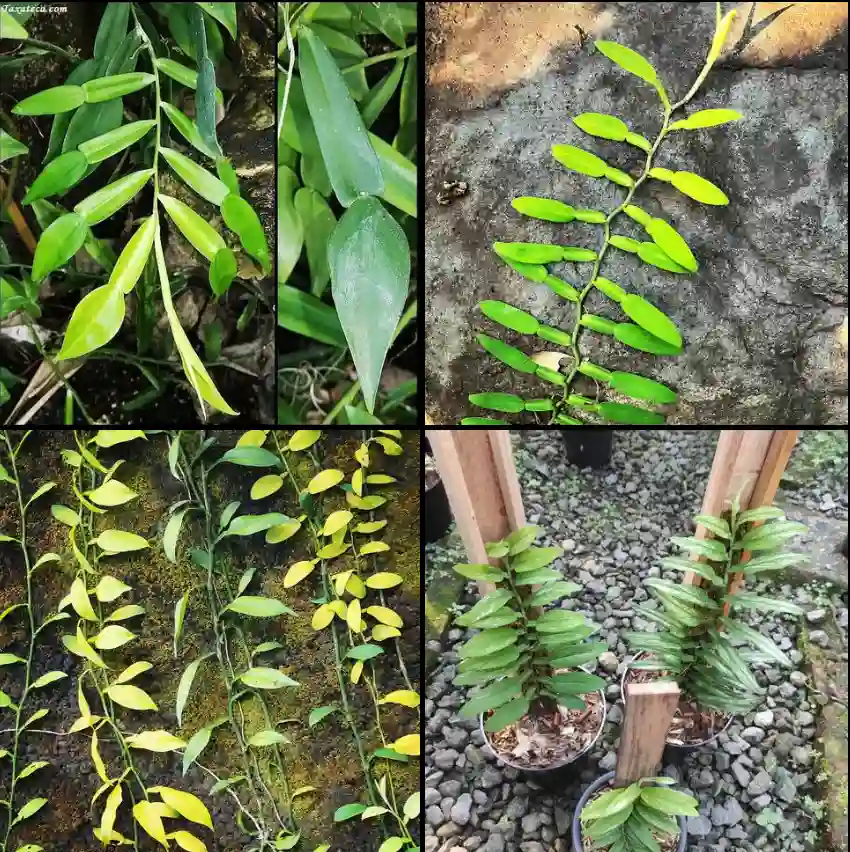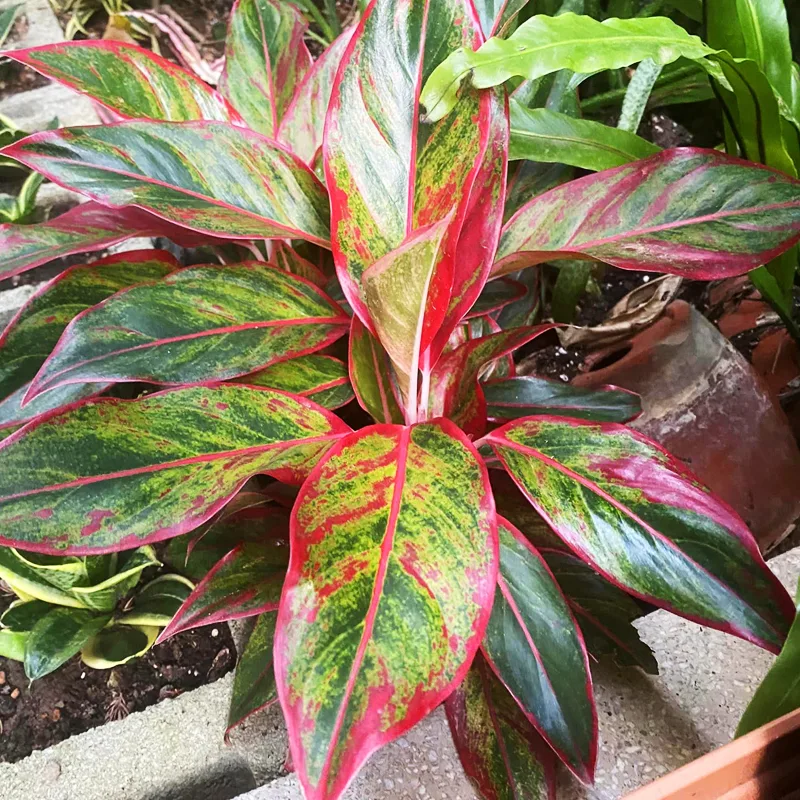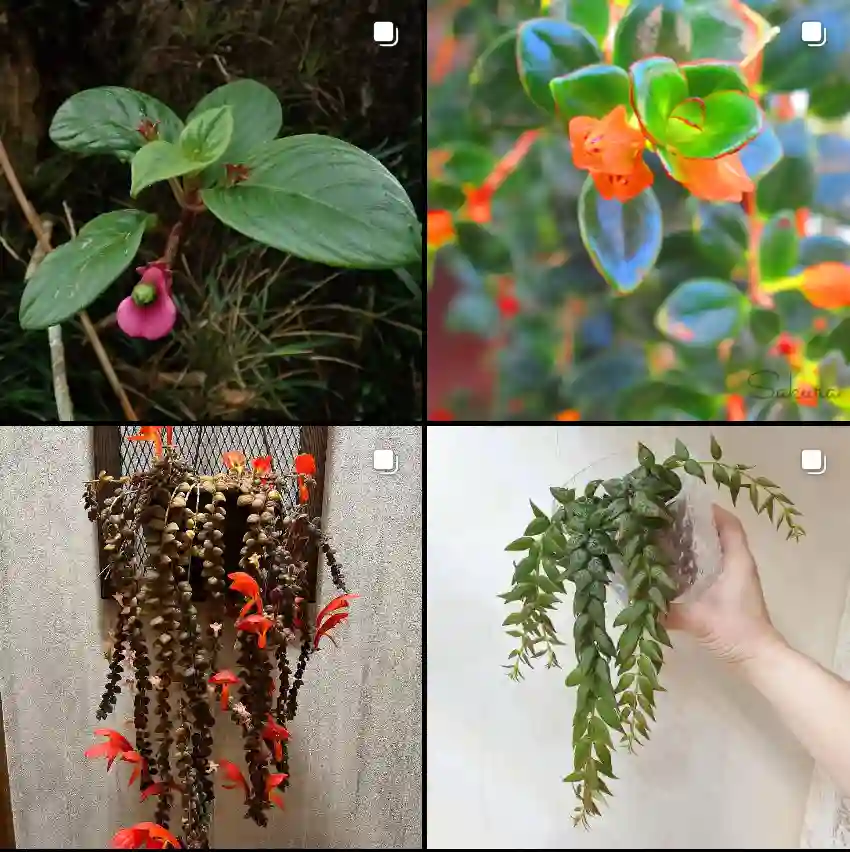Exploring the Fouquieriaceae Family: My Experience with the Genus Fouquieria
When I first encountered plants from the Fouquieriaceae family, I was immediately drawn in by their stark, desert-like beauty. As a plant enthusiast with a particular interest in unique and hardy species, this family stood out for its ability to thrive in some of the most extreme conditions. The Fouquieriaceae family is not vast—it consists of only one genus: Fouquieria. Despite its small size, this genus packs a punch with its range of stunning, drought-tolerant plants. In this article, I’ll share my personal experiences with Fouquieria and discuss why these plants are such a fascinating part of the botanical world.
A Brief Introduction to the Fouquieriaceae Family
The Fouquieriaceae family is a small group within the order Ericales, which includes various plants adapted to arid environments. Native to North America, particularly the southwestern United States and Mexico, these plants are known for their ability to survive in hot, dry climates. What intrigued me most about Fouquieria is how these species have adapted to harsh conditions, developing thick stems and sharp spines to minimize water loss and deter herbivores.
The Genus Fouquieria
Fouquieria is the sole genus within the Fouquieriaceae family, and it includes around 11 species. The most well-known of these species is Fouquieria splendens, commonly known as the ocotillo. Each species within this genus has its own unique characteristics, but they all share the ability to endure drought and extreme temperatures, making them ideal for xeriscaping and desert gardening.
I remember the first time I saw an ocotillo plant. Its tall, spindly branches seemed to rise out of the ground like flames. The bare, thorny stems are often mistaken for being dead when not in bloom, but when the rainy season comes, they quickly sprout vibrant green leaves. These leaves help the plant photosynthesize during the wet season, while the spines and woody structure protect it during the dry months. It’s an incredible adaptation that allows Fouquieria species to survive in some of the most unforgiving environments.
My Experience with Fouquieria splendens (Ocotillo)
The ocotillo, or Fouquieria splendens, is undoubtedly the crown jewel of the genus. It’s a plant I’ve become particularly fond of due to its striking appearance and remarkable resilience. I planted an ocotillo in my garden a few years ago, hoping to add a touch of the desert to my landscape. At first, I was concerned about how it would adapt to its new environment, but I soon realized how perfectly suited it is for low-water gardens.
Ocotillos are easy to care for, as long as they’re planted in well-draining soil and receive plenty of sunlight. I quickly learned that they don’t need much water, which made them a perfect choice for drought-prone areas. Even during long periods of dryness, the plant stood tall, its bare branches creating a dramatic, sculptural effect in the landscape. When the rains finally came, I was amazed at how quickly it sprouted new leaves and vibrant red flowers, attracting hummingbirds and bees to my garden. It was a stark reminder of how resilient nature can be when given the right conditions.
The Unique Structure and Growth Pattern of Fouquieria
One thing that sets Fouquieria plants apart is their unique structure. They have long, woody stems covered in sharp spines, which can grow up to 20 feet in height, depending on the species. These spines aren’t just for defense; they also help reduce water loss by minimizing the plant’s surface area. Additionally, the stems are capable of photosynthesis, a rare trait among plants, which allows them to continue producing energy even when their leaves have fallen off during dry periods.
What fascinates me most about Fouquieria is its growth pattern. The plant’s branches grow in clusters, almost like a candelabra, giving it a striking silhouette against the sky. In the right conditions, Fouquieria can thrive for decades, growing slowly but steadily. The ocotillo in my garden has been a testament to this, steadily gaining height and thickness over the years, despite my minimal intervention.
Xeriscaping with Fouquieria Species
If you’re looking to create a drought-tolerant garden, I highly recommend incorporating Fouquieria species into your design. These plants not only require little water, but they also add a unique, architectural element to the landscape. Their tall, spiny branches create vertical interest, while their seasonal bursts of foliage and flowers add color and texture.
I’ve found that Fouquieria pairs well with other desert plants, such as agave and yucca. Together, they create a low-maintenance, water-efficient garden that still offers plenty of visual appeal. Additionally, the flowers of the ocotillo attract pollinators, making them a great choice for anyone interested in supporting local wildlife.
Conclusion
The Fouquieriaceae family may be small, but the genus Fouquieria offers a wide range of fascinating and resilient plants. From the iconic ocotillo to lesser-known species, these plants are a great choice for anyone looking to create a drought-tolerant garden that’s both beautiful and functional. My experience with Fouquieria splendens has been nothing short of rewarding, and I’ve grown to appreciate the adaptability and tenacity of these desert plants. If you’re looking for a plant that can withstand tough conditions while adding striking visual interest to your garden, Fouquieria is an excellent choice.
If i die, water my plants!



